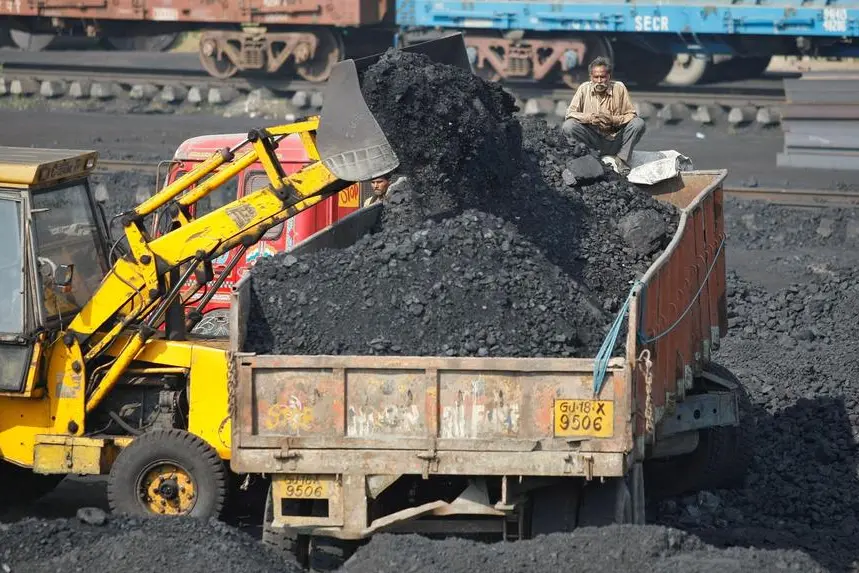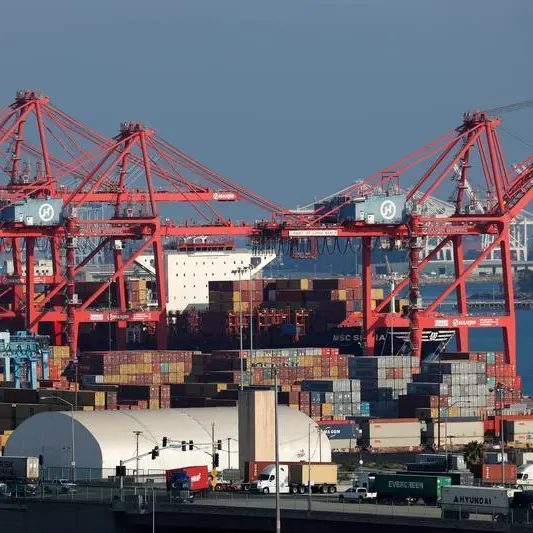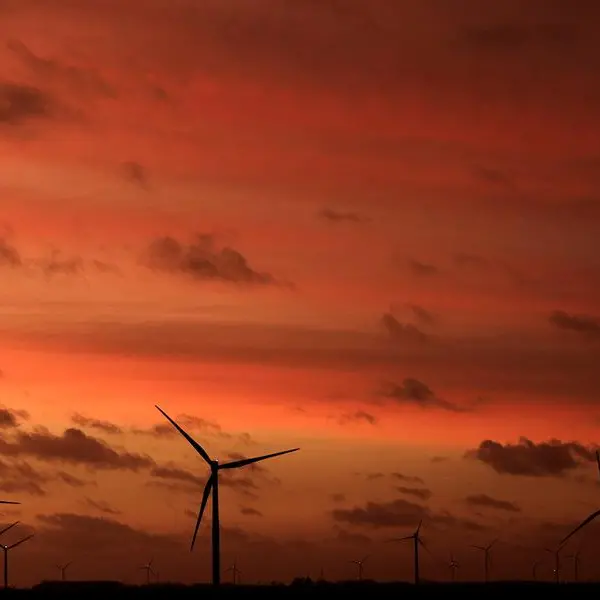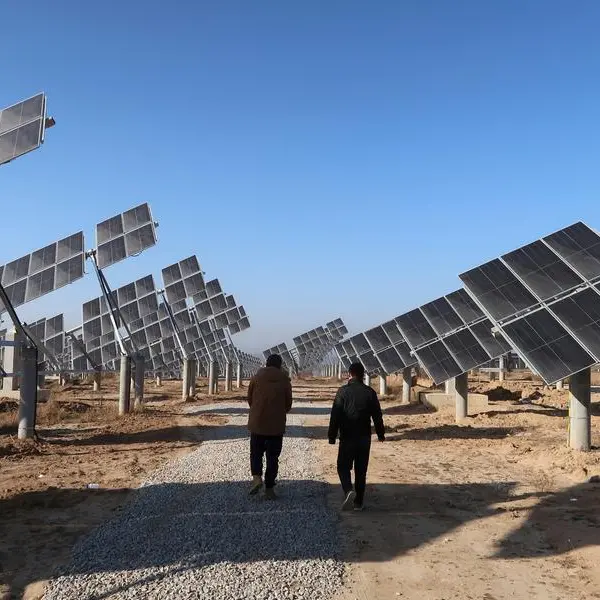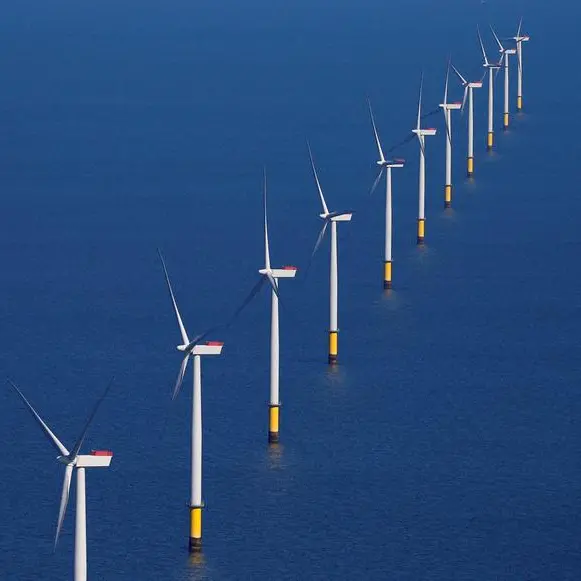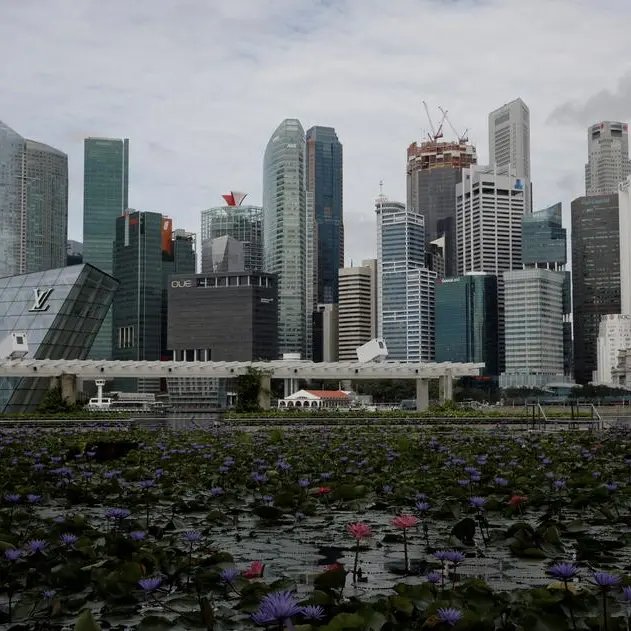PHOTO
LITTLETON, Colorado - India has emerged as a renewable energy star after boosting solar capacity by a whopping 28% in 2022, rivalling China's growth rate and outpacing European heavyweights which deployed record funding on energy transition efforts last year.
India installed 13.9 gigawatts (GW) of new solar capacity in 2022, according to think tank Ember, dwarfing the 7.9 GW capacity growth in Europe's top solar producer, Germany, and establishing India as a top-tier green energy leader.
India's wind capacity expanded by 1.8 GW in 2022, slightly behind Germany's record 2.4 GW capacity climb, and helped push India's combined solar and wind capacity up by an impressive 17.5% within a single year.
While China also added record solar and wind capacity in 2022 to widen its overall renewables lead, India's record build out of solar capacity last year has been widely celebrated by energy transition advocates.
But even with such rip-roaring green energy momentum, India's utilities still struggled to keep up with the country's voracious energy demand growth, and had to crank coal use to record highs alongside the breakneck growth in renewables.
In turn, the country's heavy power generation from coal - which produced nearly 75% of the country's electricity in 2022 - emitted close to one billion tonnes of carbon dioxide (CO2), and placed India as the third biggest fossil fuel polluter from power generation after China and the United States.
This dual prominence in renewables and coal use rankings highlights India's awkward role as both hero and villain in climate circles, and underscores how messy the path towards energy transition targets can be for many major economies.
GAS REVERSAL
India's emissions footprint would be smaller had the country continued to integrate growing volumes of natural gas into its power mix while reducing use of dirtier-burning coal, as had been India's stated plan over the past two decades.
Natural gas generated an average of 11% of India's electricity from 2000 through 2012, and the country had been expected to steadily increase gas use while reducing coal consumption as part of air-clearing efforts.
However a combination of delays in developing gas pipeline networks and regasification terminals for liquefied natural gas (LNG) imports started to reduce gas availability within India in recent years, forcing utilities to burn growing volumes of coal to meet rising energy demand needs.
High and volatile global natural gas and LNG prices since 2020 have further trimmed India's gas supplies lately, forcing utilities to reduce gas-powered electricity generation to less than half the levels seen a decade ago.
Only 2.2% of total India's electricity was produced from gas in 2022, according to Ember - the lowest in over 20 years.
COAL CONUNDRUM
Such low utilisation of natural gas for power generation forced utilities to burn through coal at a record pace, straining the country's domestic coal supply system and pushing coal imports to historic highs.
As global coal prices also scaled a record in 2022, the cost of those imports pushed to new highs too, draining the already-tight budgets of utilities and local governments and reducing the pool of funds available for energy system upgrades.
In turn, that is forcing utilities and policymakers to continue to favour the lowest cost options for power generation, which further cements coal's status as India's primary source of baseload power.
A slump in natural gas prices on international markets so far in 2023 is giving utilities a window to switch out some coal for cleaner burning gas.
But with pipeline access still limited and LNG import terminals still under construction, power producers have little choice but continue to burn more coal.
RENEWABLE DRIVE
While coal looks set to remain locked in as the main pillar of India's power sector for now, it is clear that a vast majority of future electricity supply capacity will be dedicated to renewables.
Since 2017, annual capacity of renewables has grown by more than any other power source, and the government is pressing hard for continued rapid renewables growth to meet its target of sourcing half its energy from renewable sources by 2030.
Simultaneously, however, authorities are pressuring power producers to boost coal-fired generation by invoking emergency laws that force coal plants that run on pricey imported coal to increase utilisation rates despite being less competitive than plants which run on cheaper domestic coal.
On paper, such conflicting government stances on power sector priorities may appear to be counterproductive, and may potentially undermine India's energy transition efforts.
But in reality, this messy mix of record dirty coal use alongside record renewable energy capacity growth may be the country's best option for sustaining current economic momentum while inching towards lower emissions targets of the future.
(Reporting By Gavin Maguire; Editing by Sonali Paul)
